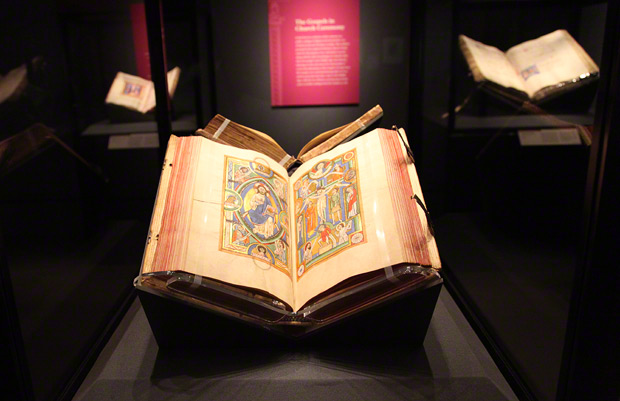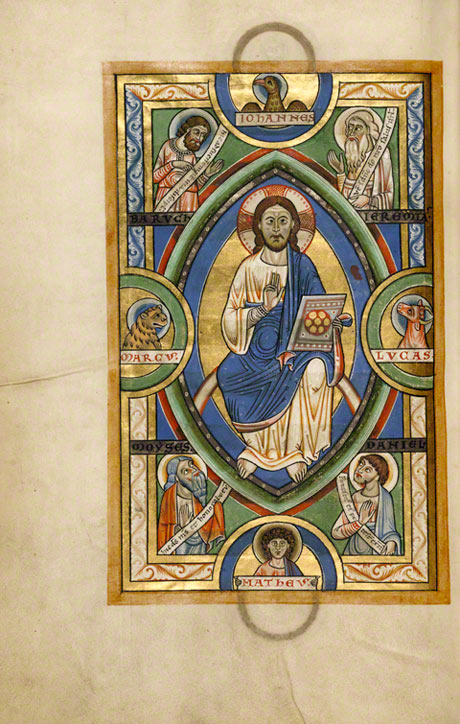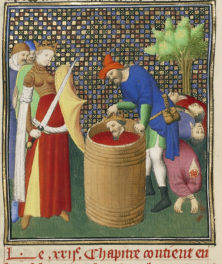
One of the most exciting aspects of curatorial work is the privilege of bringing you great works of art that were rarely seen before their acquisition by the museum.
Case in point: the Stammheim Missal, one of the greatest manuscripts in our collection and a masterpiece of German Romanesque art, an important chapter in the history of European manuscript illumination.
Scholars were well aware of the manuscript’s beauty and significance when we acquired the work in 1996, but it had been long secluded in a private collection. We, in fact, are only the book’s third owner since its creation more than 800 years ago.
How could this be? Well, the missal (book of texts for the Mass) was made as a liturgical book for ceremonial use by the Benedictine monastery of St. Michael’s in Hildesheim, but was probably only brought out on the rare special occasion, such as a visit by a head of state or another ranking dignitary. The monastery retained possession of the book until the Napoleonic era in the early 19th century, when St. Michael’s was dissolved and, it appears, the monks departed with books and artifacts from the library and treasury.
The Stammheim Missal, however, was left behind. Likely the most significant of the treasures that remained, it passed to the Prince-Bishop of Paderborn, who held authority over St. Michael’s, and was subsequently passed down from generation to generation within his family—from whom the Getty purchased it.

Christ in Majesty in the Stammheim Missal, German, Hildesheim, about 1170s. Tempera colors, gold leaf, silver, and ink on parchment, 11 1/8 x 7 7/16 in. The J. Paul Getty Museum, Ms. 64, folio 85v
Over the past 15 years we’ve exhibited the work about once a year, usually open to a different page each time. (In the exhibition “In the Beginning Was the Word”: Medieval Gospel Illumination, it’s now open to a pair of illuminations showing Christ in Majesty and the Crucifixion.) Our best guess is that more than a million visitors have so far viewed it. This means more people have seen the book since 1996 than in the previous 800 years.
I love this fact, because it reflects the wonderful ability of museums to make accessible to the widest possible audience works that, for generations, were only available to the privileged few.
The Stammheim Missal is on view until November 27, when it goes back into (temporary) storage for safe-keeping. And you can always browse its pages online.




What a wonderful thought, that more people have seen the missal since 1996 than in the previous 800 years! A nice reminder of how fortunate one is to view such objects in person. And for anyone who has not yet seen the Stammheim Missal, it is well worth a trip to the Getty because the gold, the colors, and even traces of silver are remarkably brilliant.
What wonderful timing–We were in Hildesheim today and dashed into Saint Michael’s just before closing to visit the former home of our great book. Synchronicity!!